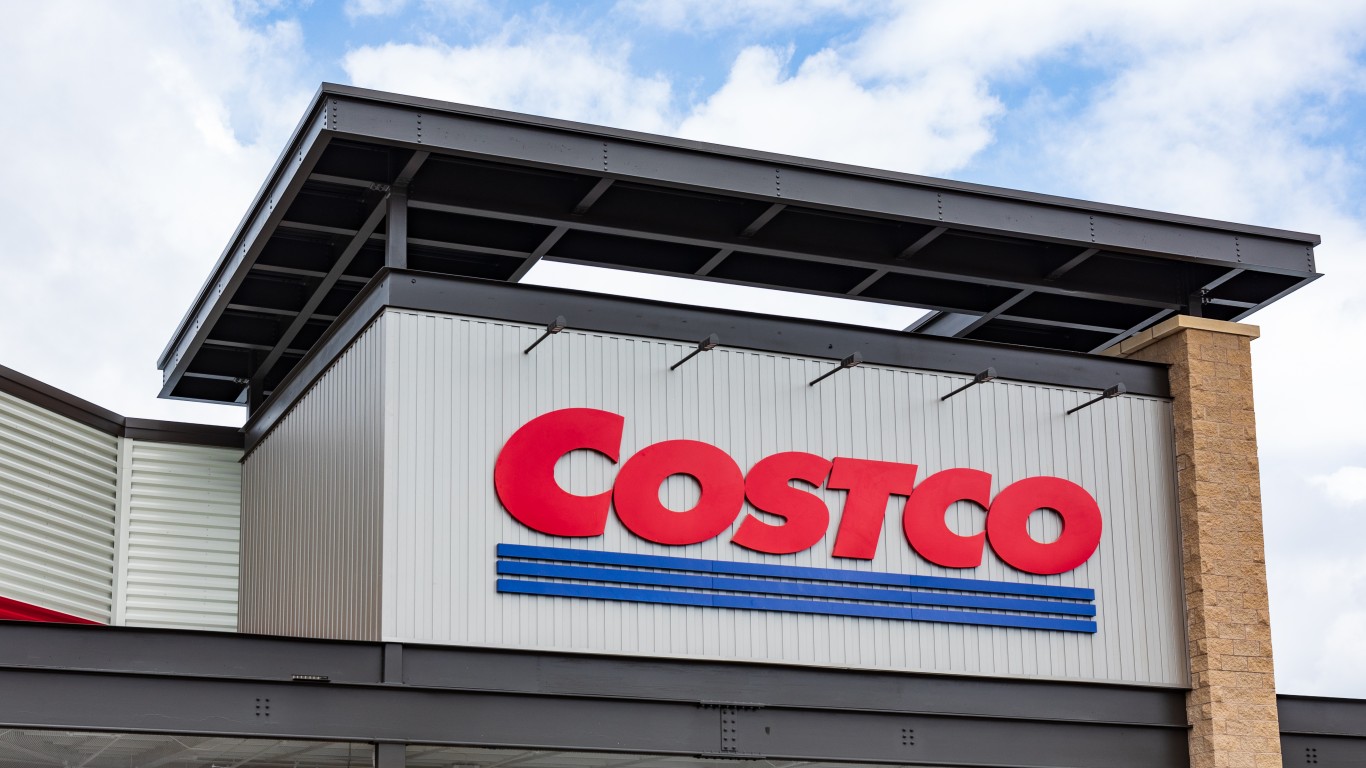
Based on the number of monthly unique users, Amazon.com Inc. (NASDAQ: AMZN), with nearly 194 million, is the undisputed leader. The company’s reach of 78% is more than 50% higher than that of second-ranked Wal-Mart Stores Inc. (NYSE: WMT), with a reach of 50% and 124.1 million monthly unique users. The third company with monthly unique visitors topping 100 million is eBay Inc. (NASDAQ: EBAY), with about 110 unique visitors and a reach of more than 44%.
The data were reported on Monday by research and analysis firm Verto. Researchers noted:
Users of eBay and Amazon have similar online behavior. They spend approximately 1.5 hours per month browsing and shopping, and each session takes an average of 5.5 minutes. Amazon users tend to visit the service (website and apps) more frequently, however 27% of its users visit on a daily basis, compared to eBay’s 18% on a daily basis.
By contrast, Groupon Inc. (NASDAQ: GRPN) performs poorly despite ranking third in monthly sessions per user, behind Amazon and eBay, but with more than double the total for Walmart. Groupon users average just 28 minutes per month, compared with 1 hour 41 minutes for Amazon and 1 hour 33 minutes for eBay. Groupon’s reach of 61.5 million puts it in sixth place, behind Target Corp. (NYSE: TGT) and Best Buy Co. Inc. (NYSE: BBY), which rank fourth (76.6 million reach) and fifth (62.7 million), respectively.
ALSO READ: 10 Stores Closed on Thanksgiving
Among the top 20 ecommerce platforms, 15 have significant brick-and-mortar operations. In terms of the total monthly ecommerce sessions in the U.S. among the top 20 platforms, the retail players that mix ecommerce and physical retailing capture 20% of the total market.
Verto CEO Hannu Verkasalo said:
The fact that traditional brick-and-mortar retailers are stepping up their eCommerce game is not a surprise. However, the speed at which they’ve ramped up both desktop and mobile presence is impressive. Unlike Amazon, these players can use their new mobile apps to enhance the shopping experience, play a sophisticated game with contextual coupons and discounts, and optimize the overall user experience by using analytics from indoor location tracking to located-based advertising. They can also benefit from online-to-offline conversions in addition to online-to-online conversions, which potentially gives them a huge opportunity during the next decade in battling for consumers’ purchase power.
Verto also measured “stickiness,” the ratio of daily users to monthly users; the higher the stickiness index, the more daily users a site claims. The winner (no surprise) is Amazon, with a 26.6% ratio. eBay is ranked second (17.9%), Snap by Groupon is ranked third (14%), Walmart is fourth (13%), and Groupon is fifth (12.6%). Stickiness averages between 5% and 13% for traditional brick-and-mortar retailers.
Finally, Verto notes the importance of mobile engagement to traditional retailers:
Many traditional retailers gain relatively more users from mobile than the online giants. For example, Walmart boosts its reach by 70 percent (73M PC users + 50M mobile-only users), Target by 79 percent (42M PC users + 34M mobile-only users), and Home Depot by 122 percent (21M PC users + 24M mobile-only users) with their mobile-only audiences. For Amazon and eBay, the gain from their mobile-only audiences is not that high, but it is still significant at 60 percent and 57 percent, respectively.
Verto’s full eCommerce Index is available here.
Get Ready To Retire (Sponsored)
Start by taking a quick retirement quiz from SmartAsset that will match you with up to 3 financial advisors that serve your area and beyond in 5 minutes, or less.
Each advisor has been vetted by SmartAsset and is held to a fiduciary standard to act in your best interests.
Here’s how it works:
1. Answer SmartAsset advisor match quiz
2. Review your pre-screened matches at your leisure. Check out the advisors’ profiles.
3. Speak with advisors at no cost to you. Have an introductory call on the phone or introduction in person and choose whom to work with in the future
Thank you for reading! Have some feedback for us?
Contact the 24/7 Wall St. editorial team.



